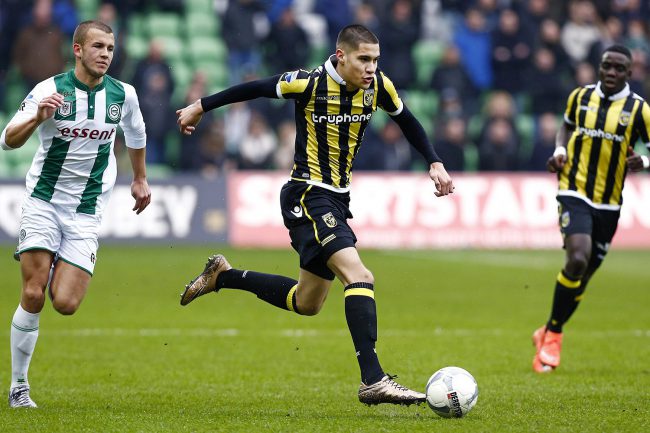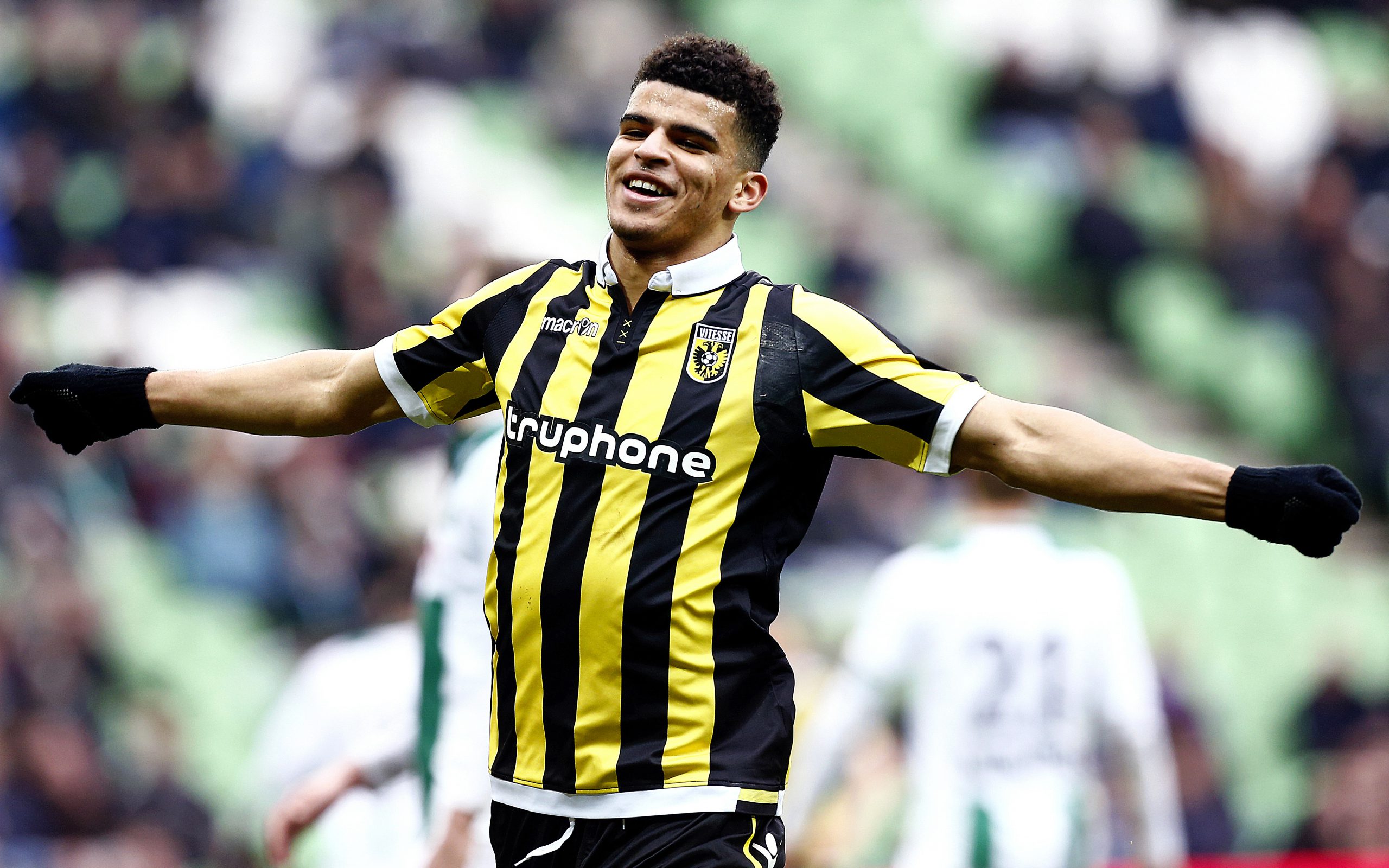Competing in Holland’s Eredivisie—a league that has produced some of the world’s most creative players and includes perennial powerhouses Ajax and PSV Eindhoven—SBV Vitesse has prioritized match fitness and constant innovation in clamping down its current spot in the middle of the standings. Now in his fifth year with the club, football conditioning & performance manager Terry Peters has integrated Omegawave’s Team+, Coach app, and Individual units into the club’s high performance model. Peters and Vitesse measure their athletes 4-6 times a week: the players arrive on site first thing in the morning, assess themselves in a designated area via their own mobile phones (under staff supervision), and then gather for their team breakfast. Recently, we had the opportunity to catch up with Peters to discuss how he’s been applying this data.
Omegawave: It appears you have some interesting practical findings about on-pitch performance and physiological data (you mentioned our Metabolic Reaction Index (MRI) and High Intensity Distance (HID) prediction in overload sessions). Can you explain in more detail exactly what changes you found and what correlations you’ve seen between performance and physiological data?
Terry Peters: First of all, I need to explain the way we condition our athletes—we use a progression-based structure for small-sided games rather than performing conditioning drills that do not involve a ball. Every conditioning session, we track our players with a 1,000Hz local positioning system called ‘Inmotio,’ so we can rely on the accuracy of the data. The small-sided game type I will use as an example is the 4v4, a highly anaerobic activity where high intensity distance/min and accelerations/min are our KPI’s within the same field dimensions and playing time. Please see the figure below:

Figure 1. The orange blocks present High Intensity Distance (> 19.1 km/h). The line with dots present the actions/min and the blue line the MRI grade.
The HID-distance seems to have a direct relation with the MRI grade. This is what I saw in multiple athletes who we also recognize as the ones with the highest intrinsic motivation to go all-out every session. This is an important note, because conditioning WITH a ball involved, like in small-sided games, makes it also easier for less motivated players to “hide.” So—still being careful because we need to gather more data—the MRI grade seems to be a performance predictor for highly anaerobic work with highly motivated individuals.
OW: What practical takeaways did you learn from these experiments?
TP: External load like HID/min combined with accelerations/min within small-sided, 4v4 games underpin the relation between Readiness (MRI grade) and actual metabolic power. When forming teams and expectations, the coach could include this data into his equation.
OW: What has been the biggest change in the way you train your players thanks to this research and/or the information that Omegawave provides? Can you also give a few concrete examples of how physiological data taken before practice changed the way the athlete was subsequently trained and/or what recovery modalities were applied to him?
TP: What changed is the way we look at the 24/7 mentality of athletes who give their best effort every session. Their continuous commitment comes with a price that’s not that visible by using only the coach’s eye: their metabolic power drops, and so does their MRI grade. The other parameters don’t give us this information—they tell us everything is fine. And hey, perhaps it is because the way those athletes work is in their “DNA”: they’ve lived and trained their whole sports career like this. Imagine what we can get out of them when we get them to understand metabolic power and Readiness more deeply!

OW: How easy has it been to take this information and use it in practice, given that you have 20+ athletes on the team and a very busy schedule every day?
TP: Really easy. Every player finishes the assessment within 10 minutes using their own phone, and instantly I see the data in the Coach application, which has proven to be a valuable asset.
OW: How do you achieve consistency in the data collection process throughout the pre-season and regular season?
TP: By making the assessment a part of the daily routine under the supervision of my staff. Also, it’s important to generate player buy-in by giving them insight in the data and feedback as well.
OW: How has the Head Coach (Rob Maas) used the information? What did you do in order to convince him of the benefits?
TP: The game has evolved the last decennium—the physical demands have increased significantly, making it more important to have insight into your players’ Readiness. This is just common sense for every serious professional in the field. Football is a decision-making game as well, so the surplus value of the CNS piece wasn’t even a discussion. It also helps to work in a club who include innovation in their “DNA.”
OW: Based on your experience as a coach to elite-level professional football players, what are your thoughts on the external load (gym load, GPS, heart rate, etc) vs. internal load (physiological adaptation) monitoring debate?
TP: This is what I call reality-based practice. I think the years of evidence-based practice, where people try to bring theory into practice, are over. It’s just not efficient, and the buy-in in an elite football environment is minimal. Take the training principles: I think it’s a ridiculous idea to relate an intense strength training session with a preset supercompensation window of 48-72 hours. There are so many levels in which the organism is adapting, every athlete is therefore completely unique. When we look for relations between external and internal load across multiple levels, we just may start to understand some fundamentals for the individual. This takes hard work and dedication, so I think in this field of work there is no place for laziness and closed mindsets. We need to be adaptable and able to let go of concepts in which we thought to find the “truth.”
Let me give one example to illustrate the nonsense of one-size-fits-all theories:

Figure 2. Relative HR (an individual 60-100% of their MaxHR) and the speed index (speed zones are weighted, the faster the ‘heavier’).
The group’s average is where the axes cross. In this exercise, where the whole group did the same drill, we see that there is exactly one individual representing the group average—furthermore, we see a lot of outliers, which we also call the “high performers” (laughs). My point is—a lot of principles and theory is based on averages, but this “average” doesn’t exist in elite sports.
